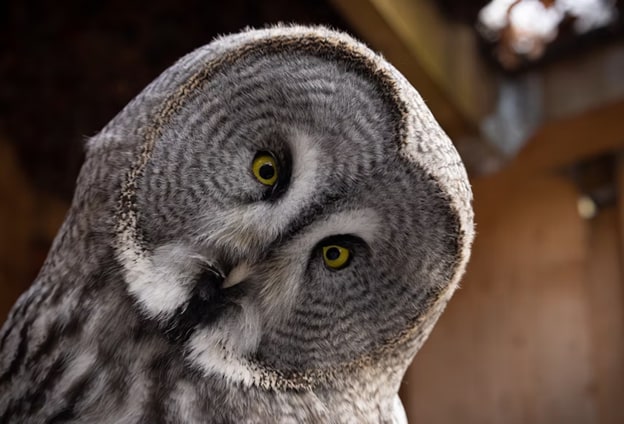
Performance Management: Start with Curiosity

My Journey Here:
With so much ground to cover, I’ve decided to split the topic of Performance Management into two posts. Today’s blog is an introduction to Performance Management for your team. For context, I’d like to start by sharing part of my journey here. As an Inuk HR professional, I must admit that I am used to being pulled into a situation due to my ability to see both sides of “the problem.” Admittedly, this also means that I can get pushback from one or both sides. From the employee’s perspective, they may feel targeted or even threatened when in difficult feedback discussions. On the flip side, leaders can become frustrated with HR, especially when it comes time to creating plans to address issues.
I have learned that when we start from a place of curiosity, we build trust in our communication. Early on in my career, an Elder once asked me to stay present, be ready, and actively build bridges so that we can hear and appreciate both sides of the situation. It’s a practice that takes real effort and intention; however, I have taken that challenge to heart and actively work towards lessening the communication gap in all aspects of my work. I do not just want to find middle ground; I work towards making sure each side experiences trust and is shown dignity while doing the hard work that they came here to do.
Starting Point:
In my experience, performance issues typically don’t start with the employee. It can often start when the planning of the work/project skips a step. It is easy to rush ahead and go right into corrective action, tough conversations, and documentation. However, managing course corrective actions comes after getting curious and performance development (that will come in the next blog).
Planning your team’s work and correcting missteps starts with planning for success in the first place. This is where leaders:
- Define what good looks like.
- Build trust, offer resources, and provide clarity.
- Create the psychological safety employees need to grow.
Leaders can get to the root of issues when they begin with curiosity. You can ask things like, “What’s working well for you?” or “I noticed X is happening; what’s getting in the way?’ or “Is there anything I can help you with?”. This will help your team feel more comfortable opening up and empowered to offer their take on the situation—they may even bring their own solutions to the table.
Practical Steps for Leaders
- Define your North Star (end game). This means being clear about what “good” looks like and why it even matters.
- Build trust early. Having regular check-ins focused on input, clarification and development shows the team that you, too, are “in it.”
- Model curiosity. Ask more questions than you answer and be sure to invite input from others when someone within the project or team goes quiet.
- Normalize learning. Treat mistakes as data to help us get stronger - no blame game.
- Check your bias. Reflect on whether judgments are based on facts or assumptions.
Be Present:
Monitoring your team’s performance is not about proving one side to be “right,” it is about the space between each side. It is especially important to look to bridge that gap when working with Indigenous organizations and employees as there is a long history of being overlooked, ignored, or undervalued.
I’ve learned that the best way to build bridges is to hear both sides fully - be present, explore their point of view, recognize all contributing factors, and give thanks for everyone coming to work on the solution together. Finding out how the situation came to be is how we can course correct together.
Coming Soon:
Next up – building performance management systems that work.
Want to find out more?
If your organization is struggling to balance performance expectations with employee support, I can help. Let’s talk about how to build systems that make development the foundation—so management becomes lighter, fairer, and more effective. Our Leadership Fundamentals program is a great way to begin!
From the Owl Insight team (formerly Lisa Isaac HR) and lead collaborator, Jessica Tomic. Jessica.Tomic@owlinsighthr.ca
For professional HR advice that you can trust, contact us today!
Blog photo credit: Jevgeni Fil on Unsplash
Images


